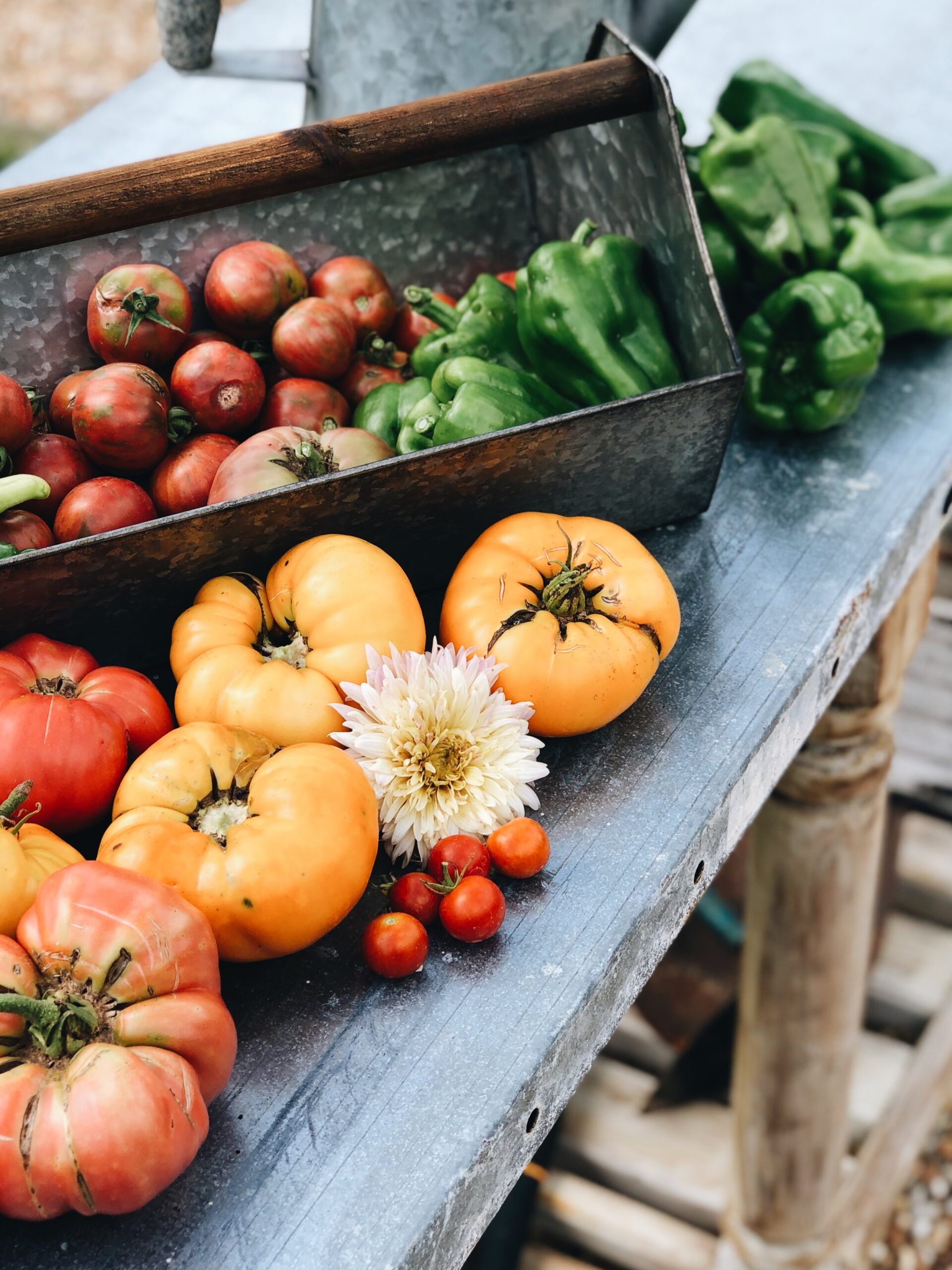Have you ever dreamed of growing enough food in your garden to feed your family all year long? 🌿 With a little planning, you can! Knowing how much to plant per person for a year is the secret to creating a self-sufficient garden that provides fresh produce season after season.Whether you’re growing for a family of four or just for yourself, this guide will help you calculate exactly how much to plant so you can enjoy homegrown vegetables, fruits, and herbs all year — with no waste and no shortage! 🍆🌽Let’s explore how to plan your garden for a full year of fresh food, with tips, charts, and smart planting strategies you’ll love.🌻 1. Why Plan Your Garden by Person?Most people guess how much to plant — and end up with too much zucchini or not enough tomatoes! 🥒 Planning by person helps you:Save space by planting only what you needReduce food waste by harvesting manageable amountsEnjoy year-round supply through smart crop rotationSave money by eating what you grow instead of buying it🌿 Smart gardening is about balance — not excess. The right amount keeps your garden efficient and rewarding!🥦 2. Key Factors That Affect How Much to PlantBefore diving into numbers, consider these important factors:Family size – how many people you’re feedingEating habits – how often you cook fresh mealsStorage options – can you freeze, can, or dehydrate produce?Growing season length – longer climates allow for multiple harvestsPlant yield – some plants (like lettuce) grow fast and can be replanted, while others (like pumpkins) yield only once💡 Example: If your family eats salad 3 times a week, you’ll need to plant more lettuce than someone who eats it once a week.🥕 3. General Planting Guide Per Person for a YearHere’s a practical starting point for how much to plant per person to feed one adult for a year. 🌱Vegetable Plants Per Person NotesTomatoes 🍅 5–10 plants Great for fresh eating & canningPeppers 🌶️ 5–6 plants Mix sweet & hot for varietyLettuce 🥬 10–12 plants Stagger planting every few weeksCarrots 🥕 20–30 plants Easy to store long-termPotatoes 🥔 10–15 plants Excellent for storageGreen beans 🫘 10–15 plants Great for freezing or canningZucchini 🍈 2–3 plants Very high yieldCucumbers 🥒 3–4 plants For pickling & saladsOnions 🧅 40–60 sets Store well for winter useGarlic 🧄 10–20 cloves Plant in fall for summer harvestCorn 🌽 15–25 plants Needs space & pollinationSpinach 🌿 20–25 plants Plant in spring & fallKale 🥦 3–5 plants Cut-and-come-again cropPeas 🌱 20–30 plants Early season favoriteBeets ❤️ 10–20 plants Great for pickling or roasting🌼 Tip: Double these numbers for a family of four — or adjust based on your eating preferences.🍓 4. Don’t Forget Fruits!If you have room, fruit plants provide long-term rewards with minimal maintenance. 🍎Fruit Plants or Trees Per Person NotesStrawberries 🍓 5–10 plants Produces yearly if maintainedBlueberries 🫐 2 bushes Need acidic soil & pollinationApples 🍏 1 tree (per 2 people) Great for eating & storagePeaches 🍑 1 tree Delicious summer harvestRaspberries 🍇 5–8 canes Excellent for freezing or jamsGrapes 🍇 1–2 vines Needs space & supportMelons 🍉 2–3 plants Best for warm climates🍇 Long-term Tip: Fruit trees take 2–3 years to mature — plant early for future harvests!🌽 5. How to Plan Your Year-Round HarvestHaving enough produce all year requires more than just planting — it’s about timing and preservation.A. Stagger Planting (Succession Planting)Instead of planting everything at once, stagger your crops every few weeks for a steady supply.Example: Plant lettuce every 2–3 weeks so you always have fresh greens.B. Grow for StorageInclude vegetables that keep well:Potatoes, onions, carrots, garlic, winter squash, and beets store for months in a cool, dark place.C. Preserve the HarvestPlan to freeze, can, or dry your extra crops:Tomatoes, beans, corn, and fruit can be frozen or canned.Herbs can be dried or made into pesto for later use.D. Grow Indoors in WinterKeep herbs or greens growing indoors using pots or hydroponics. You’ll enjoy fresh food even during the colder months! 🌿🌾 6. Smart Garden Planning TipsTo make your yearly garden productive and manageable, follow these simple tricks:🌱 Tip 1: Start Small and ExpandDon’t plant too much your first year. Track what your family actually eats, then adjust next season.🧄 Tip 2: Keep a Garden JournalNote planting dates, yields, and what worked best. This helps fine-tune your planting amounts each year.🥦 Tip 3: Use Raised Beds or Vertical SpaceSave space with raised beds and trellises for climbing plants like peas and cucumbers.🌻 Tip 4: Rotate CropsChange planting spots each year to keep soil healthy and prevent pests.🪴 Tip 5: Companion PlantingPair plants that help each other grow — like basil with tomatoes or carrots with onions.🌿 7. Example: Garden Plan for a Family of FourHere’s a sample idea for a self-sufficient family garden:Tomatoes: 30 plantsPotatoes: 60 plantsCarrots: 100 plantsGreen Beans: 60 plantsZucchini: 6 plantsOnions: 200 setsPeppers: 20 plantsLettuce: 40 plants (planted in batches)Garlic: 60 clovesCorn: 80 plantsAdd fruit trees (2 apple, 2 peach), 10 strawberry plants, and a small herb garden — and you’ll be well on your way to a year-round homegrown pantry! 🌾🍎Conclusion: Grow with Purpose 🌿By planning how much to plant per person for a year, you can create a thriving, efficient garden that supports your household with fresh produce, flavor, and nutrition all year long.No more guessing — just smart, sustainable growing that fits your family’s needs and lifestyle. 🌻So grab your garden planner, make a list, and start planting with confidence — because this year, your garden can truly feed your family from season to season! 🌱🥕🌽

